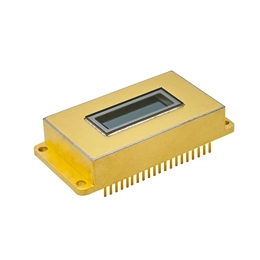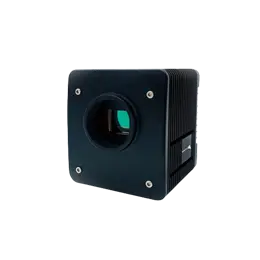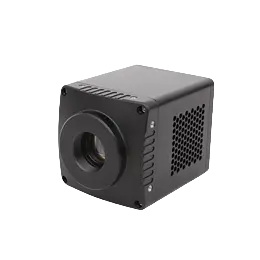In recent years, machine vision has developed rapidly in the industrial field, and has rapidly spread from the traditional automotive manufacturing field to the production and manufacturing process of electronic products, medicine, food and other industries. In industrial production, the application of machine vision is very extensive, with four main functions: visual guidance and positioning, pattern recognition and inspection, precise measurement and distance measurement, and product appearance inspection.
Generally speaking, the industrial machine vision system is characterized by the improvement of flexibility and automation of production. Mainly in some cases, such as in a dangerous working environment, when manual operation cannot be carried out, or when the requirements cannot be met, machine vision is used to replace artificial vision; at the same time, in the mass industrial production process, the quality and efficiency of inspecting products by artificial vision are low and the precision is not high, while the inspection method of machine vision can greatly improve the production efficiency and the degree of automation of production.
As the core components of machine vision, the performance parameters and functions of image sensors (such as image sensor resolution) have an important influence on industrial machine vision systems. Therefore, what are the requirements for image sensors in industrial imaging?
(1) The working environment is different. The operating temperature range of consumer-grade sensors is generally between 0°C and 70°C, while the industrial-grade sensors require the temperature between -40°C and 85°C, which requires higher component reliability.
(2) Industrial imaging generally uses machines to analyze and process the collected images, so it requires clear imaging and clear edges. It requires the sensor's quantum efficiency (QE) to be high in response to light and pixels to be large, and it is best to have a large enough full-well charge capacity to meet the needs of customers under conditions of long exposure or high light. Under normal circumstances, silicon wafer inspection, photovoltaic inspection and screen inspection all face long-exposure or high-light working conditions.
(3) Many scenarios in industrial imaging require image sensors to support short exposures and high frame rates, so global shutters are often used. Since all manufacturing industries require high-efficiency production, and the production line of the factory runs very fast, when the workpiece to be tested moves from the conveyor belt, the industrial infrared cameras usually need to be able to capture several frames of images quickly and continuously, and read data quickly, then transmit data to the upper computer. In this way, enough time can be allowed for the algorithm software to analyze and judge, and for it to get ready for the next time capturing the workpiece on the conveyor. These requirements are common in 3C detection, so this type of application has very high requirements on the shooting speed of the image sensor.
(4) The testing standards of standards organizations also put forward specific requirements for the parameters of industrial-grade image sensors. In industrial applications, there are very high requirements for the image sensor's image response consistency, noise parameters, and even dead pixels and lines.



